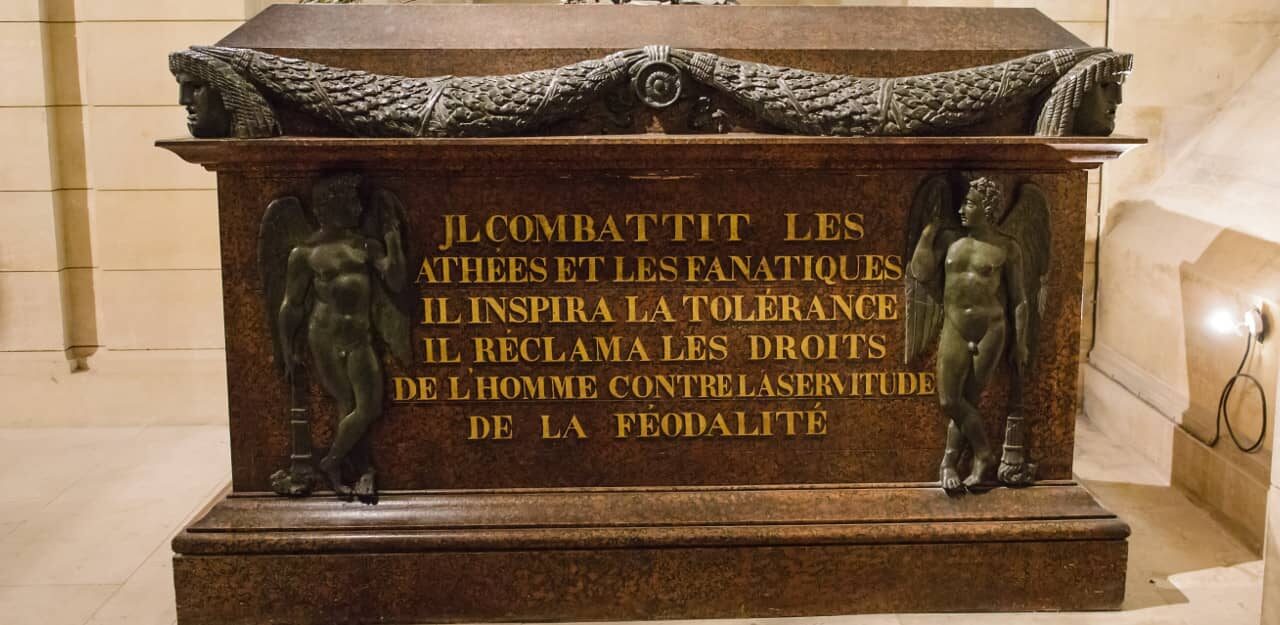
Facts About The Pantheon In Paris
The Pantheon (Latin Pantheon , from Greek Pantheon , meaning “Every god”) is a building in the Latin Quarter of Paris, France. Paris’ Pantheon was originally built as a church dedicated to St. Genevieve, modeled after the Pantheon in Rome, but after many changes now combines liturgical functions with its role as a famous burial place.
It is an early example of Neoclassicism, with a facade, surmounted by a dome that owes some of its character to Bramante’s “Tempietto”. Located in the 5th arrondissement on the Montagne Sainte-Geneviève, the Pantheon looks out over all of the city of Paris.
It was architect, Jacques-Germain Soufflot, who had the intention of combining the lightness and brightness of the Gothic cathedral with classical principles. Soufflot died before his work was completed, and his plans did not get entirely followed. The transparency he had planned for his masterpiece was never attained. Nevertheless, it is one of the most important architectural achievements of its time and the first great neoclassical monument.
Here are 10 quick facts about the Pantheon in Paris:
- It was constructed between the years 1757 and 1791.
- It is 110 meters long and 85 meters wide.
- The Pantheon in Paris stands at the height of 83,0m/272ft.
- It’s address in Paris is Place du Pantheon.
- The Pantheon is built of stone and marble.
- It’s address in Paris is Place du Pantheon.
- It was developed under the orders of King Louis XV.
- The Pantheon ‘s architects were Jacques-Germain Soufflot and Guillaume Rondelet.
- The experiment with Foucault’s pendulum was held at the Pantheon in 1851.
- The Pantheon currently serves as a mausoleum and is a popular Paris tourist attraction.